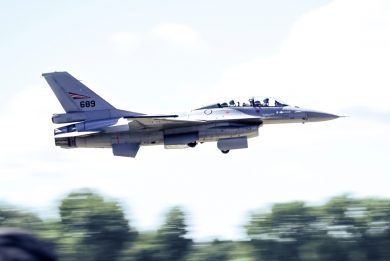
Romanian and Croatian Fires Evolution
Among recent NATO members, Romania and Croatia are both working on improving the indirect fire capabilities of their respective armies.
While Romania faces directly one of current potential peer adversaries, Croatia is nevertheless involved in the same geographical area. At Future Artillery Online, organised by Defence iQ, representatives of both countries presented the roadmap that will allow both nations land fires to make a significant jump ahead.
Indirect Fires upgrade: the Romanian way
The future perspectives of the Romanian Land Forces artillery were illustrated by Lieutenant Colonel Sandel Badea, Commanding Officer 285th Field Artillery Battalion.
His battalion is part of the 282nd Armoured Brigade, one of the combat elements of the 2nd Infantry Division, which fields three other brigades, each one with its direct support artillery battalion, an artillery regiment with one mortar and one artillery battalion providing the divisional indirect fire support. The other major Romanian Land Forces element, the 4th Infantry Division, follows the same scheme. A rocket launcher brigade, with three fires battalions and an ISTAR battalion, constitutes the long-range arm of the Romanian artillery. The latter inventory is currently based on Russian equipment modified and produced in Romania, such as towed howitzers in 152 and 122 mm calibre and LAROM rocket launchers.
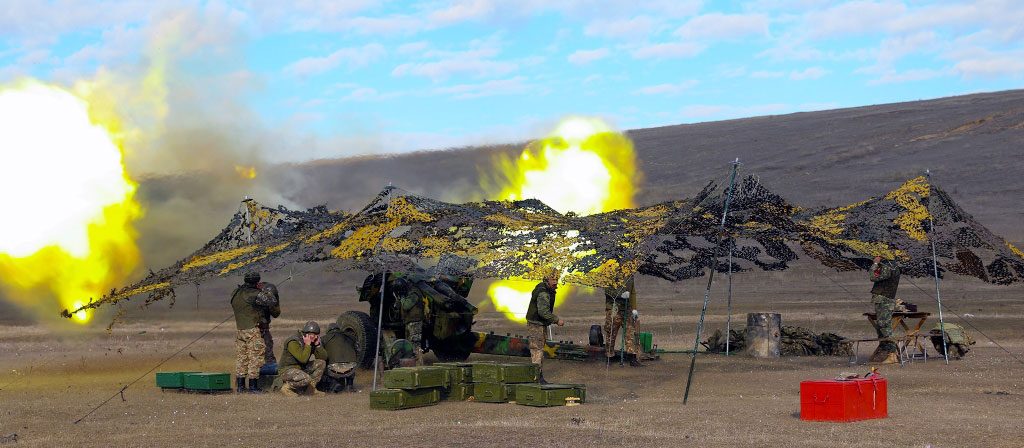
With 649 km of borders with Ukraine Romania is definitely close to one of the current hot areas of the world, thus it does not come as a surprise if LTC Badea starts with a brief summary of the situation. “Russia has improved quality, quantity and capability of its armed forces to close the gap with NATO. It developed advanced capabilities in terms of space, cyberspace and across the electromagnetic spectrum, in order to restrict NATO freedom of movement and operation. Russia recently deployed A2/AD capabilities such as long-range precision air defence systems, fighters and bombers, littoral anti-ship and antisubmarine capabilities, medium-range mobile missile systems, new classes of quieter submarines equipped with long-range land attack missiles, counter-space and cyberspace assets, electronic warfare systems and weapons of mass destruction assets in Kaliningrad, in the Black Sea and partly in Syria, modifying the military environment. These can target a large part of Europe to influence, deter and deny NATO’s potential operations in the high-North, Baltic, Black Sea and East Mediterranean regions,” he states, adding that this led Romania to review its defence budget, prioritising the acquisition of weapon systems in order to confront the dangerously evolving Russian A2/AD assets in the Black Sea area. In particular he underlines the increased range of multiple rocket launchers, which reach now distances once reserved to short-range ballistic missiles. “Given that trend, current Romanian land-based assets fall considerably behind. Additionally, the ISTAR capability could also lack the range required to find hostile long range heavy multiple rocket launchers,” he adds.
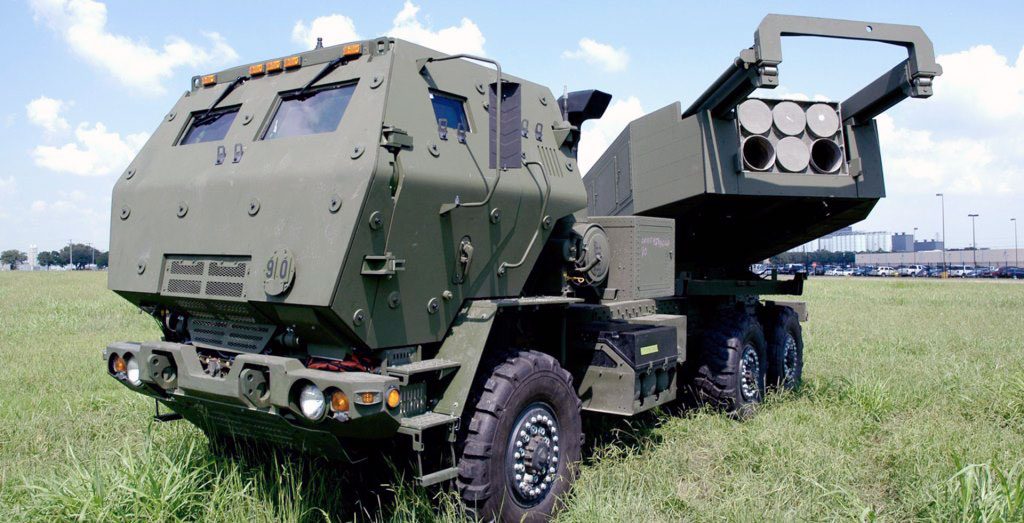
In August 2017 the US State Department announced a possible Foreign Military Sales to Romania of 54 HIMARS (High Mobility Artillery Rocket Systems) launchers, 81 GMLRS (Guided Multiple Launch Rocket Systems) M31A1 munitions and the same number of GMLRS M30A1 Alternative Warhead munitions, 54 ATACMS (Army Tactical Missile Systems), 24 AFATDS (Advanced Field Artillery Tactical Data Systems) plus vehicles and spares. “The total cost of that programme is around 1.5 billion US dollar,” LTC Badea says, explaining how this will affect the Romanian Army artillery units. “The 8th LAROM rocket launchers Artillery Brigade will gradually be transformed into a HIMARS Brigade maintaining its subordination to the Land Forces headquarters. Following HIMARS reception, LAROM battalions will be handed over to the artillery regiments belonging to the two infantry divisions, enhancing their indirect fire capability.” The first 18 HIMARS battalion set was due to be delivered by late 2020. The LAROM weapon system, which is being upgraded, is currently the newest and more capable fire support element of the Romanian Land Forces, and can use both 122 mm GRAD and 160 mm LAR Mk IV rockets, the latter reaching up to 45 km.
Romania also plans to modernise its tube artillery, switching to NATO calibres, 105 and 155 mm, and to provide manoeuvre battalions with 120 mm self-propelled mortars in place of the towed mortars currently in use, however no programmes seem to be yet underway. All this should be complemented by the acquisition of artillery radars, forward observer equipment and UAVs, to be fully integrated with the new firing assets thanks to the adoption of a digitised fire support command and control system. A balance is being sought between the urgency of upgrading weapon systems and sensors, and that of helping the country economy, developing national solutions. “We want to continue relying on our national industry, and in some areas we are seeing an increased level of investment in modern technologies,” LTC Badea says, pointing out that all future C2 systems will have to be ASCA (Artillery Systems Cooperation Activities) compatible.
NATO compatibility remains a prime concern, and to this end Romanian representatives are present in Working Groups at all levels and in international meetings.
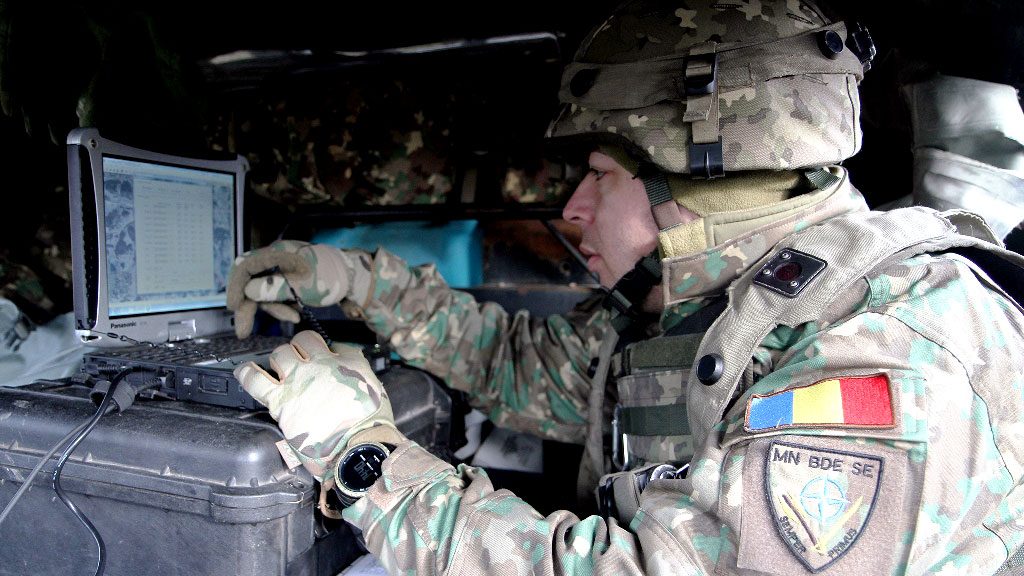
Multinational training is the other key issue. Romanian fires are declared to NATO as part of the Multinational Corps South-East, the Multinational Division South-East and the Multinational Brigade South-East, the latter a Romanian framework unit. These are periodically evaluated by NATO teams, while Romanian artillery officers and NCOs acquired a considerable experience thanks to their participation in Allied exercises, which led NATO to ask Romania personnel for the training mission in Afghanistan.
The Croatian modernisation plan
Although with no close borders with one of the potential peer adversaries, Croatia shares with Romania the shift from Eastern weapon systems to NATO ones. It is not the case of the speaker as Lieutenant Colonel Drazen Music is already working with a NATO calibre system, being the Commander of the only Croatian PzH 2000 Battalion, part of the Artillery Rocket Regiment.
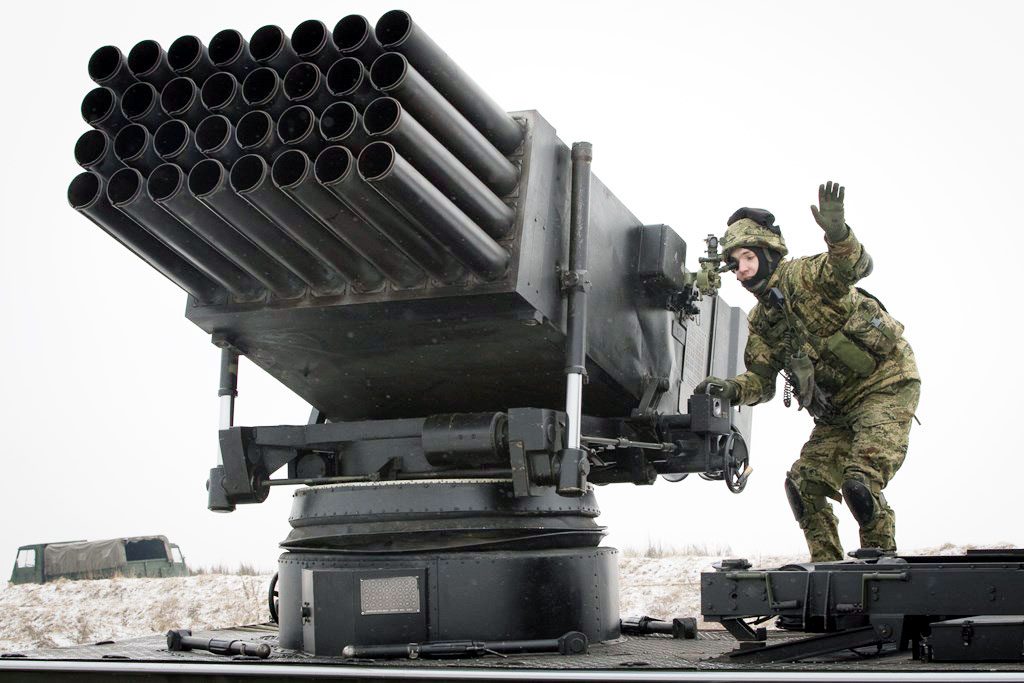
Nowadays Croatian Land Forces artillery systems are subdivided into three main units, the Artillery Rocket Regiment directly attached to the Land Forces HQ, and one artillery battalion each for the Armoured Mechanised Guard Brigade and the Mechanised Guard Brigade. The Artillery Rocket Regiment includes the 155 mm PzH 2000 battalion, as well as a rocket launcher battalion equipped with the BM-21 GRAD and the M-92 Vulkan, both using 122 mm rockets. The Armoured Mechanised Brigade artillery deploys BM-21 GRAD rocket launchers, 2S1 Gvodzika 122 mm self-propelled howitzers and D-30 122 mm towed howitzers. The Mechanised Brigade artillery battalion fields the BM-21s and the D-30s.
“Looking at the future, the Croatian Land Forces artillery will focus on range and on platforms with precision guided ammunition. We already have a platform which reaches up to 40 km, the PzH 2000, and our intent is to increase our operational range up to 300 km with the adoption of new systems, such as the MLRS,” LTC Music says. “Within the NSPA (NATO Support and Procurement Agency) we find the Smart Defence Initiative, Land Battle Decisive Munition and we are part of it,” he explains, adding that the goal of Croatian Land Forces is to buy ammunition together with other nations, the technical study on this issue being already underway. Croatia also intends to rationalise rocket fires to improve their range. The Vulkan and GRAD fire control system is being modernised in order to improve effectiveness and speed, reaching a range of 21 km. The aim is to provide all legacy systems with the new FCS to improve accuracy and speed of action. Aiming at joining the ASCA group as sponsored nation, Croatia is working at a joint fire control system concept that will integrate all armed forces fire support systems.
Although not strictly part of the artillery, LTC Music points out that the Croatian Land Forces intend to provide their mechanised units with self-propelled 120 mm mortar systems, however budget limitations might delay that decision.
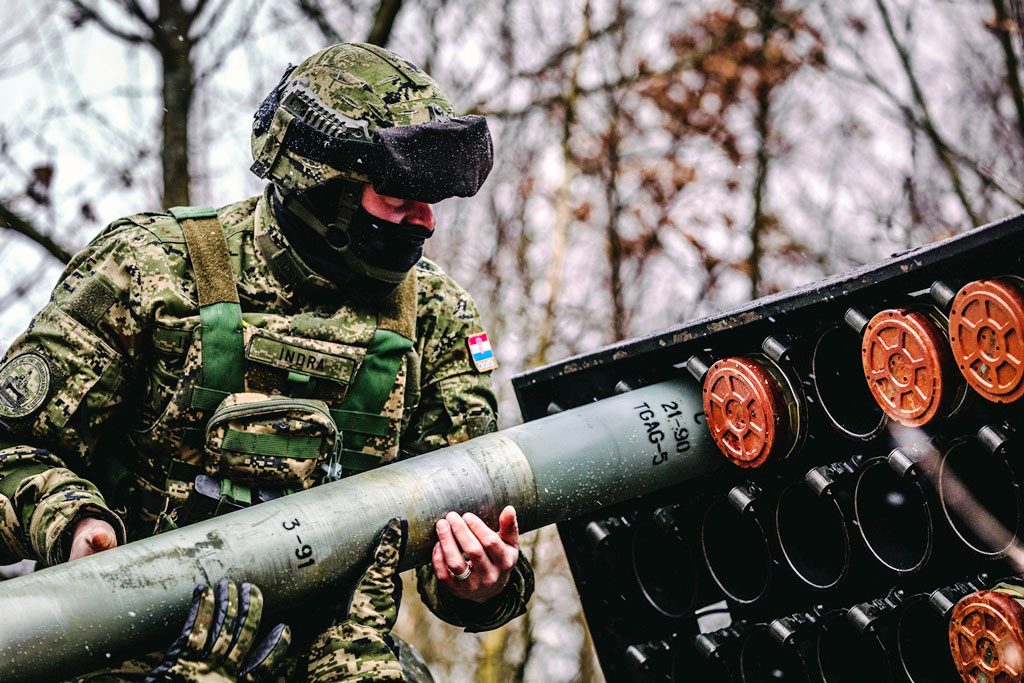
Integrating its forces in the NATO context is a constant concern, thus Croatian personnel is taking part in NATO exercises to improve its skills. “We are sending our officers and NCOs on courses such as JFO (Joint Fires Observer) and JTAC (Joint Terminal Attack Controller). We are planning to send our Joint Fires Support Teams, Joint Fires Support Coordination Teams and Joint Fires Coordination Groups at all levels of manoeuvre units to train abroad, in order to prepare them for operating within large formations such as multinational divisions,” Music says. Beside the participation as observers in many exercises, Croatian units have already been deployed into multinational formations: “In the last three years one of our Vulkan 122 mm rocket-launcher batteries has been part of the Enhanced Forward Presence Battlegroup Poland. This allowed us to integrate at multinational level, with major benefits in many areas such as artillery procedures, logistic issuers, such as field maintenance, supply and transport, and with the participation in a number of multinational live fire exercises,” LTC Music concludes.
Photos courtesy DVIDS and USAREUR

